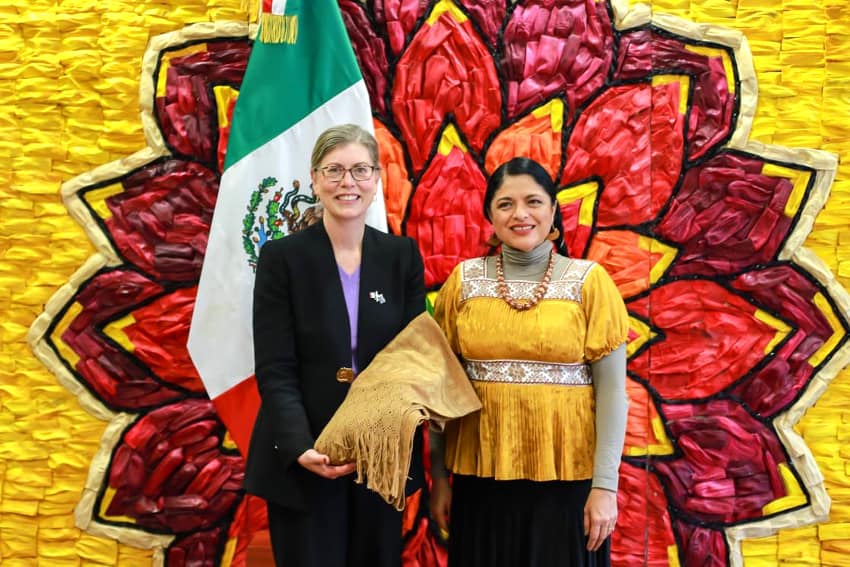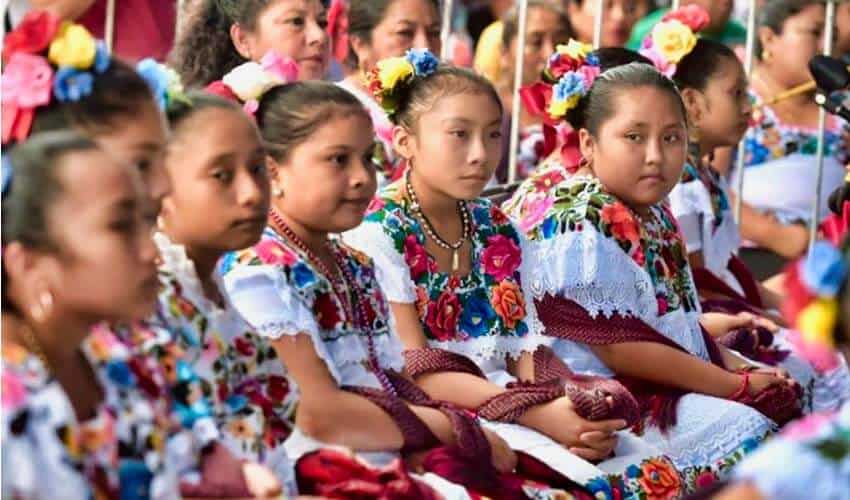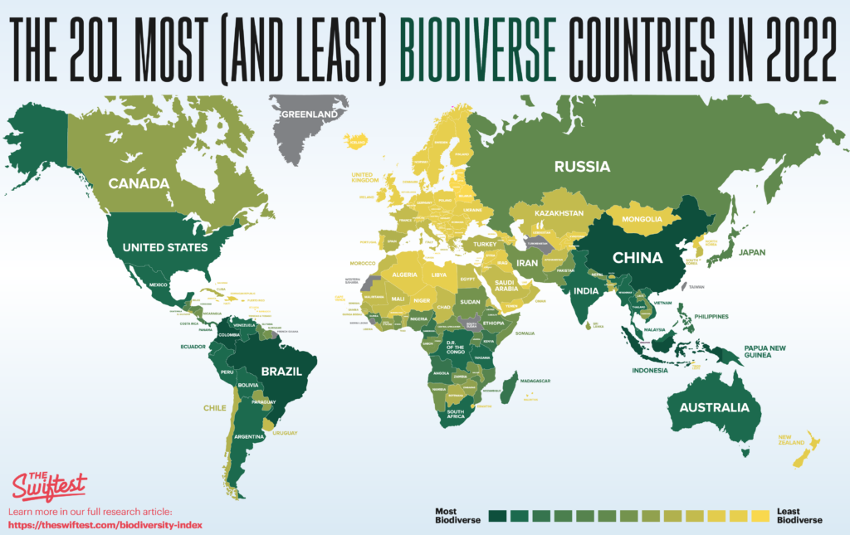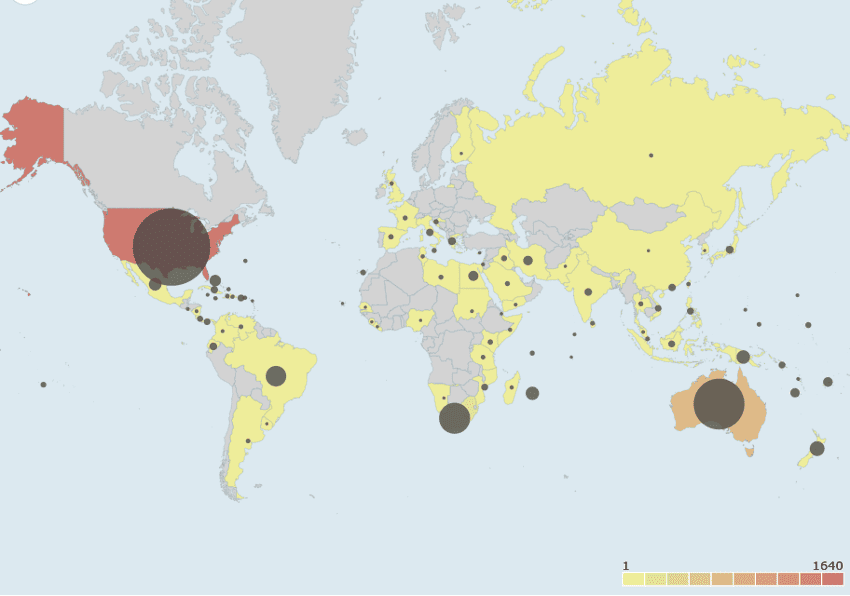As an Australian in Mexico, I sometimes find myself comparing the country in which I live to the one in which I was born and grew up.
Not in the sense that one country is better than the other — I’ve long been an advocate of the “not better, not worse, just different” school of thought — but rather in an objective way: Mexico has a much bigger population, but Australia is significantly larger in area.
Those kinds of things.
Mexico News Daily’s “Australia in Focus” week gave me a perfect opportunity to delve further into data on the two countries — a real treat for someone who is a bit of statistics nerd.
The result of my research is this addition to our “Mexico in Numbers” series of articles, in which I present a selection of data for Mexico and Australia, and make some objective comparisons between the two countries.
Population and demographics
The population of Australia was estimated to be 26.63 million at June 30, 2023, while Mexico’s 2020 census found that just over 126 million people were living in the country.
Thus, Mexico’s population is around five times larger than that of Australia.
Mexico is the world’s 10th most populous nation (just ahead of Ethiopia and behind Brazil), while Australia ranks 55th.
Australians, on average, are much older than Mexicans. The median age of Australians was 38.5 in 2022, while the median age of Mexicans was 29 in 2020.
Life expectancy in Australia is considerably longer than in Mexico. In the first years of this decade, life expectancy at birth was 81.2 for males in Australia and 85.3 for females. The figures in Mexico in 2022 were 78.4 for women and 72.6 for men.
Almost one-fifth of Mexico’s population identifies as Indigenous, while the figure is much lower in Australia at just 3.8%.
Australians in Mexico, Mexicans in Australia
Given the vast distance between the two countries and the absence of traditional ties — such as those between Australia and England or those between Mexico and Spain — it’s not surprising that the number of Australians living in Mexico, and the number of Mexicans living in Australia, is not particularly high.
Australia’s 2021 census found that there were 6,845 Mexican-born residents, about half of whom are Australian citizens. Most moved to Australia this century as the Mexican-born population was just 1,154 in 2001.
Thus, the number of Mexicans who call Australia home increased by almost 500% in the space of 20 years. Concerns about security in Mexico, the opportunity to have “a better quality of life” in Australia and a desire to be close to family members already in Australia were among the reasons Mexicans migrated “Down Under,” according to a 2013 study.

The first recorded Mexican resident of Australia was a male living in Tasmania in 1881.
As for Australian residents in Mexico, there were 695 in 2020, according to the census conducted that year. Almost three-quarters — 72.4% — of those counted were male, while 77.6% of the total were aged between 25 and 39.
Family, work, education and personal reasons were the main things that brought Australians to Mexico. Mexico City has the highest population of resident Australians, with 317, or 46% of the total counted by the 2020 census.
Area and other geographical data
With an area of 7.68 million square kilometers, Australia is the sixth largest country in the world. Mexico’s territory covers 1.96 million square kilometers, making it the 13th largest country in the world.
Mexico – it may come as a surprise – could fit into Australia almost four times over.
Australia is divided into six states and two mainland territories, whereas Mexico has 31 states and a 32nd state-like entity in Mexico City, the national capital. Mexico could easily fit into Australia’s largest state, Western Australia, whose area exceeds 2.5 million square kilometers.

Australia’s highest (mainland) mountain, the 2,228-meter-high Mount Kosciuszko, is dwarfed by Mexico’s highest peak — that of the 5,636-meter-high Pico de Orizaba, an active stratovolcano on the Veracruz-Puebla border.
About 18% of Australia’s territory is classed as desert, while approximately 70% of land is considered arid or semi-arid.
Around 40% of Mexico’s territory is classified as desert or semi-arid land. That territory includes the Chihuahuan Desert, which covers more than 500,000 square meters of land in northern Mexico and southern United States.
Economy
Mexico became the the 12th largest economy in the world in 2023, according to International Monetary Fund (IMF) GDP projections for 2023, overtaking South Korea and Australia to reach that position.
The IMF estimates that Australia’s nominal GDP was US $1.69 trillion last year, while that of Mexico was placed at $1.81 trillion.
While the overall size of the two economies is similar, per capita GDP is much higher in Australia given the country’s significantly smaller population.
Per capita GDP in Australia was just over $65,000 in 2022, according to the World Bank, while it was just under $11,500 in Mexico.
Mexico’s economy is currently growing more quickly than Australia’s. Preliminary data published in late January showed that GDP in Mexico increased 3.1% in annual terms in 2023, while growth in Australia was 2.1% in the 12 months to the end of September.
Indigenous languages
More than 250 Indigenous languages were spoken in Australia at the time of British colonization in 1788, but the number had declined to 150 by 2021. Many of those languages have a small or very small number of speakers.
According to the Australian Bureau of Statistics, just under 77,000 Aboriginal and Torres Strait Islander people reported speaking an Aboriginal or Torres Strait Islander language in 2021.
In Mexico, there are 68 officially recognized Indigenous languages, of which Nahuatl and Maya are the most commonly spoken.
More than 7.3 million Mexicans speak an Indigenous language, according to the 2020 census, a figure that accounts for about 6% of the population.

Thus, there are around 95 Mexicans who speak an Indigenous language for every Australian who can communicate in a native Australian tongue.
Biodiversity
Both Australia and Mexico are among 17 “mega-diverse” countries identified by the World Conservation Monitoring Centre of the United Nations Environment Program.

According to the Global Biodiversity Index, developed by the research firm The Swiftest, Mexico is the world’s fifth most biodiverse country and Australia ranks sixth.
The rankings are based on the number of bird species, amphibian species, fish species, mammal species, reptile species and plant species.
Mexico is home to 29,051 species across those six categories, while Australia has 26,772 species, according to the biodiversity index.
Brazil, Indonesia, Colombia and China are the world’s top four most biodiverse countries.
Shark attacks
There have been a few headline-making shark attacks in Mexico recently, but data shows that they are much more common in Australia.

According to the Florida Museum’s “International Shark Attack File,” there have been 706 confirmed unprovoked attacks in Australia since 1580 (more than 200 years before British colonization), and 42 attacks in Mexico in the same period.
This article is part of our Australia in Focus series. You can read the rest of the articles here.
By Mexico News Daily chief staff writer Peter Davies (peter.davies@mexiconewsdaily.com)
